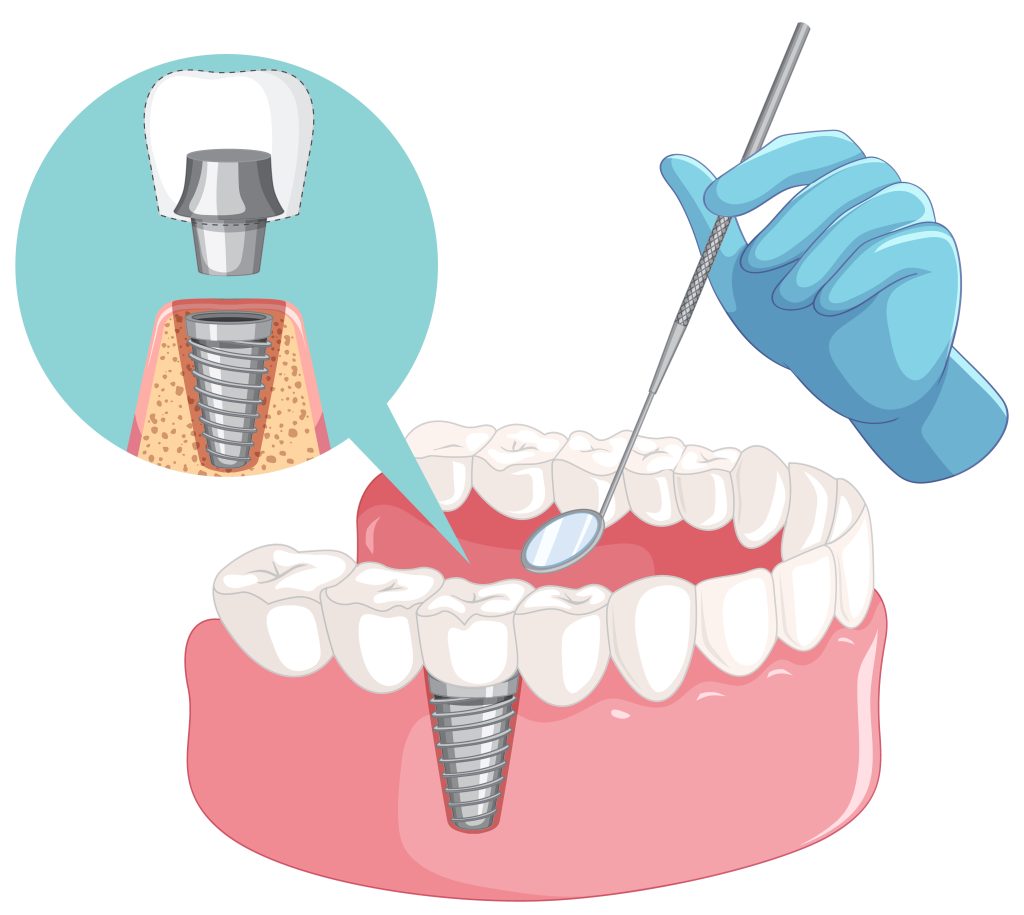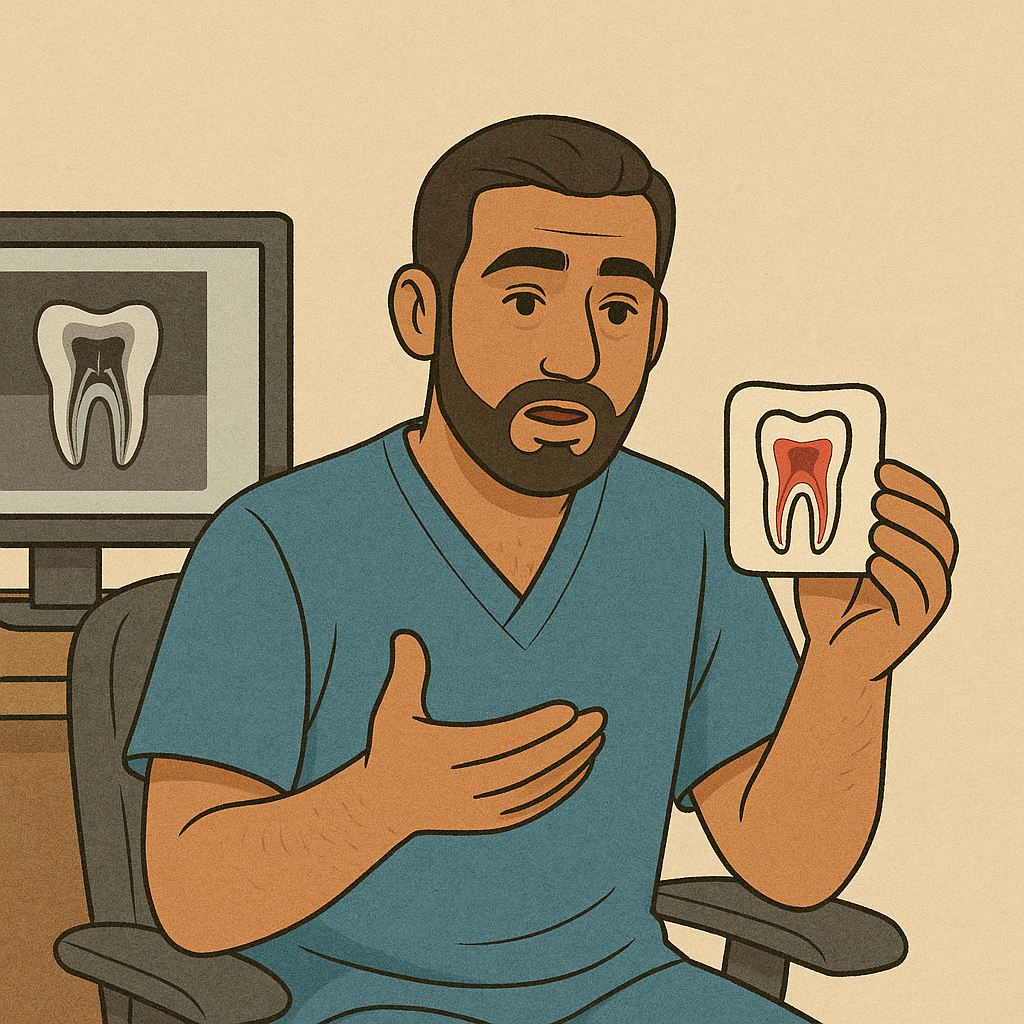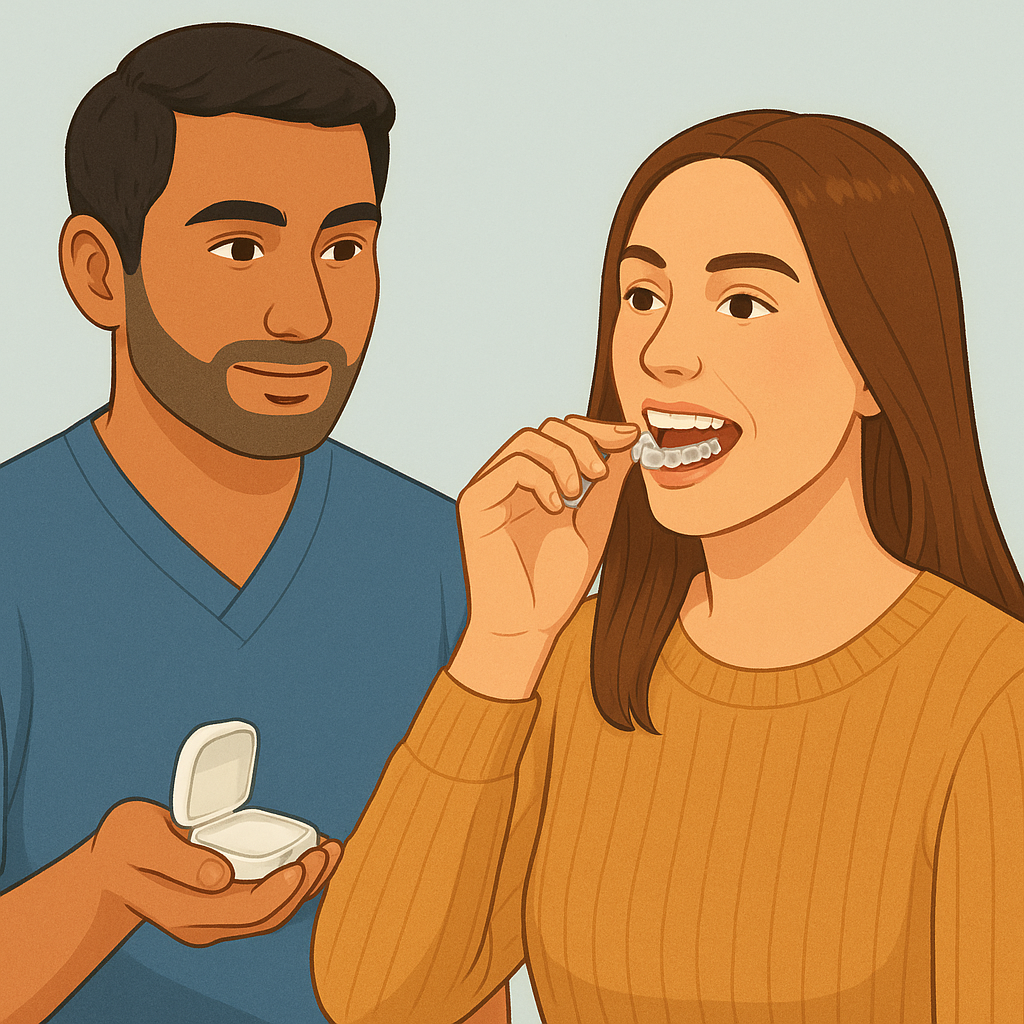Types of Dental X-rays
There are several types of dental X-rays, each serving a specific purpose:
- Bitewing X-rays – Used to detect cavities between teeth and monitor bone density loss due to gum disease.
- Periapical X-rays – Provide a detailed view of a single tooth, including the root and surrounding bone structure.
- Panoramic X-rays – Capture a full image of the entire mouth, showing teeth, jawbone, and sinuses.
- Cephalometric X-rays – Commonly used in orthodontics to analyze jaw and bite alignment.
- Cone Beam CT Scans – Offer a 3D view of the mouth for advanced treatment planning, such as dental implants and complex surgeries.
Benefits of Dental X-rays
- Early Detection of Cavities – Helps identify decay before it becomes severe.
- Assessment of Jawbone Health – Determines if the bone is strong enough for implants or orthodontic treatment.
- Detection of Hidden Dental Issues – Identifies cysts, tumors, or impacted teeth that may not be visible otherwise.
- Monitoring Growth and Development – Essential for children and teenagers undergoing orthodontic treatment.
Are Dental X-rays Safe?
Modern dental X-rays use minimal radiation, making them safe for most patients. Lead aprons and digital imaging further reduce exposure. However, pregnant women should inform their dentist before getting an X-ray to discuss necessary precautions.
When Should You Get a Dental X-ray?
Your dentist may recommend X-rays based on your oral health history and current condition. Common scenarios include:
- Routine dental check-ups (usually once a year)
- Unexplained pain or discomfort in teeth or gums
- Preparation for orthodontic treatment or dental implants
- Monitoring the progress of previous dental work
Conclusion
Dental X-rays are an essential tool in modern dentistry, allowing for accurate diagnosis and effective treatment planning. Regular X-rays help maintain optimal oral health by detecting potential issues before they become serious. If you haven’t had a dental X-ray recently, consult your dentist to ensure your teeth and gums remain in top condition.
























